Photo by Vesa Härkönen.
If you walk into a Cuencan grandmother’s kitchen, you’ll likely be presented with one of two options: instant coffee or cafe pasado. Cafe pasado is coffee prepared using the region’s traditional technique: a long coffee sock used to pass water through coffee grounds. This concentrated coffee can be saved for days and prepared with hot water or steamed milk. You’ll see grandmothers serve this coffee alongside bread with cheese or nata, humitas, tamales, or tigrillo. For the younger generation, and the majority of cafes in town, instant coffee such as Nescafe, Buendia or Cafe Oro is the go-to option. Many foreign residents and travelers are puzzled by the prominence of instant coffee, which has a less-pleasing taste and lower caffeine content. Why does instant coffee dominate the market?
Sandra Van Noten, owner of Puro Café, took the time to talk with me about the culture of coffee in Ecuador. Despite the country’s bountiful land, suited for coffee farming, Van Noten had to search far and wide to find the highest-quality coffee to serve at her café, located behind Cuenca’s Todos Santos church.
The diverse climates and altitudes of the country give Ecuadorian beans a variety of flavors that other countries cannot attain. Knowing Ecuador’s potential for growth in specialty coffee, what makes instant coffee so attractive to businesses and consumers? Firstly, instant coffee is a much more affordable option for Ecuadorians, since coffee is still more expensive here than it is in many parts of the world. Secondly, instant coffee is convenient and quick to prepare. Unlike the traditional technique of cafe pasado, a cup can be prepared within seconds. Lastly, the instant coffee industry uses excellent marketing techniques, which continuously attracts new consumers to the affordable, accessible product.
According to the USDA, after the disbanding of the public-private Ecuadorian Coffee Council, COFENAC, the Ministry of Agriculture developed a $70 million “Reactivation of Ecuador’s Coffee Cultivation Project” to revive the domestic market — which means there’s only room for the specialty coffee industry to grow.

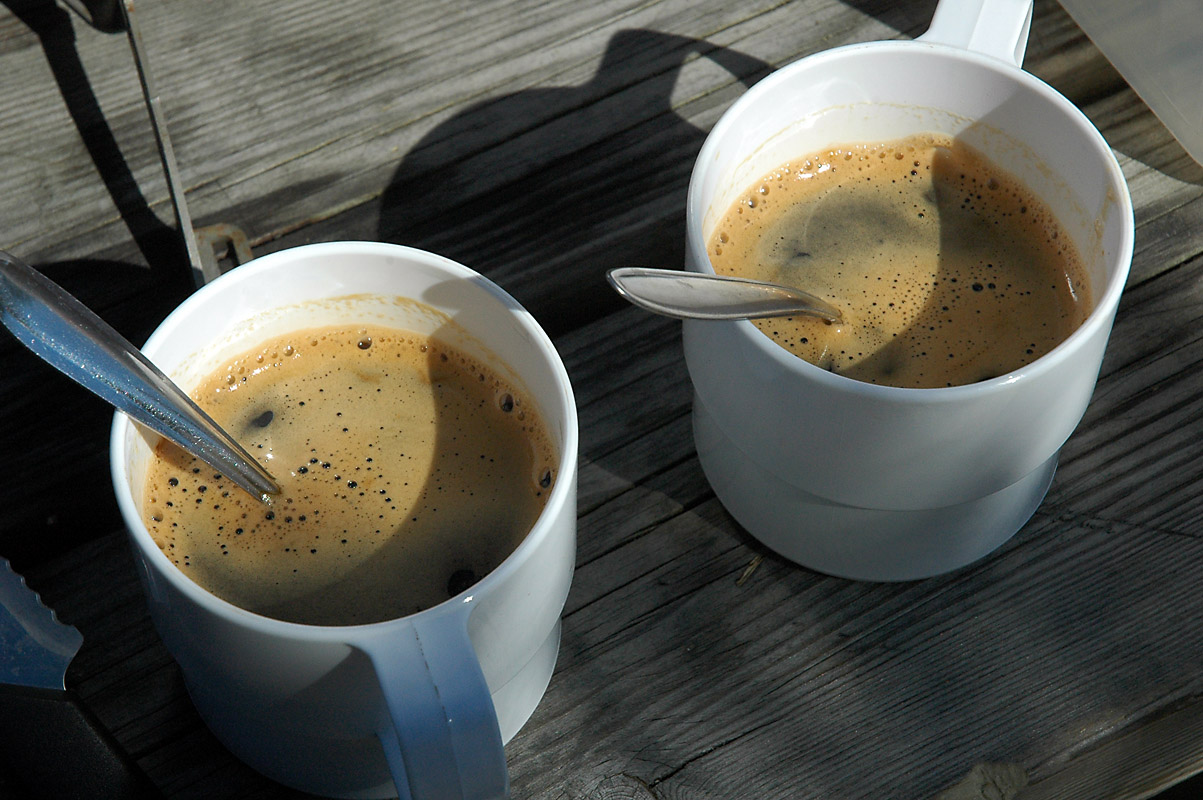


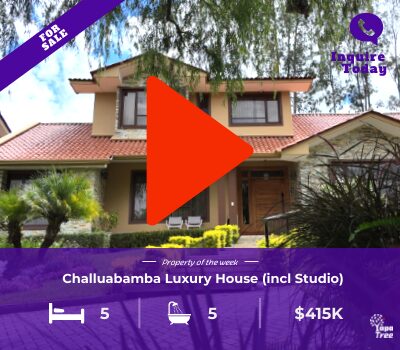
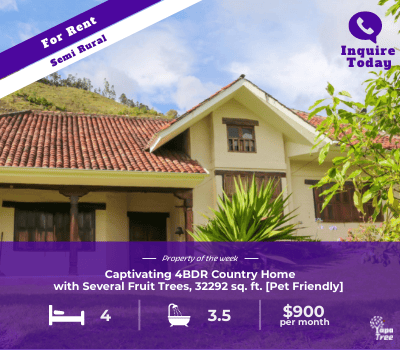
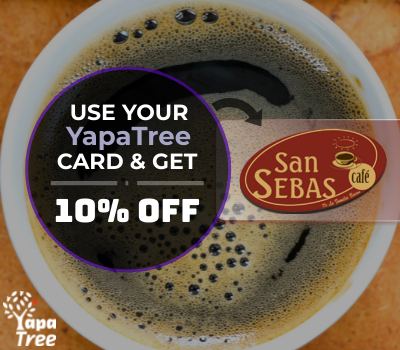

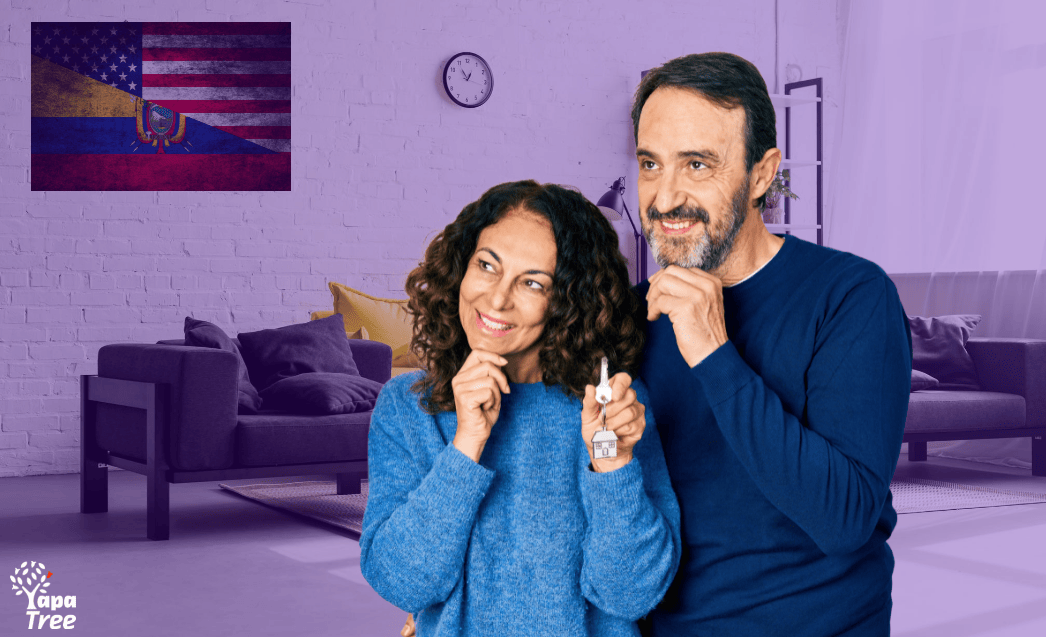
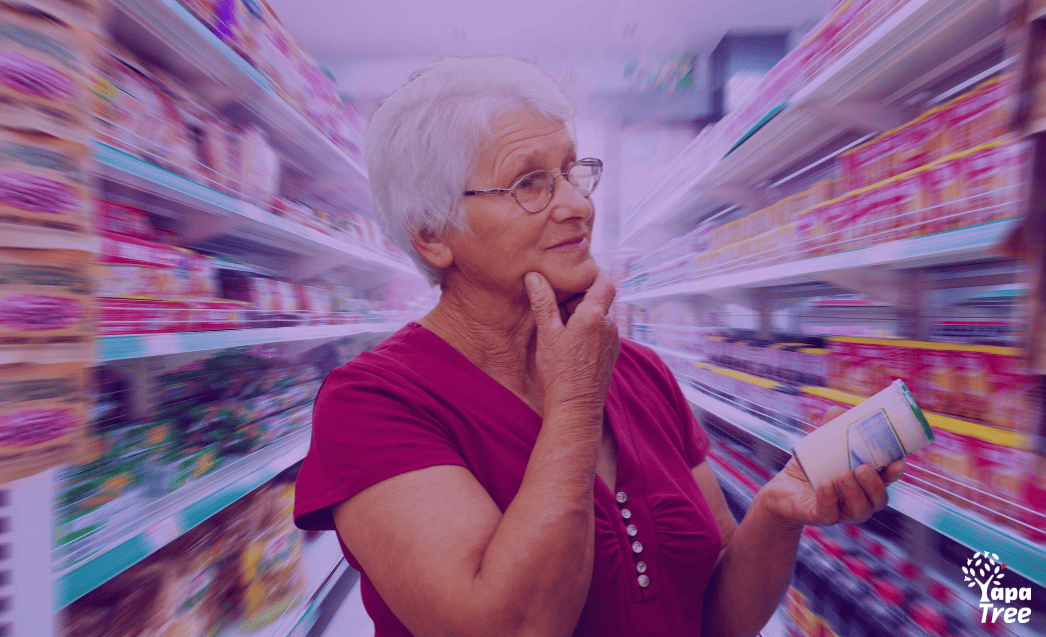
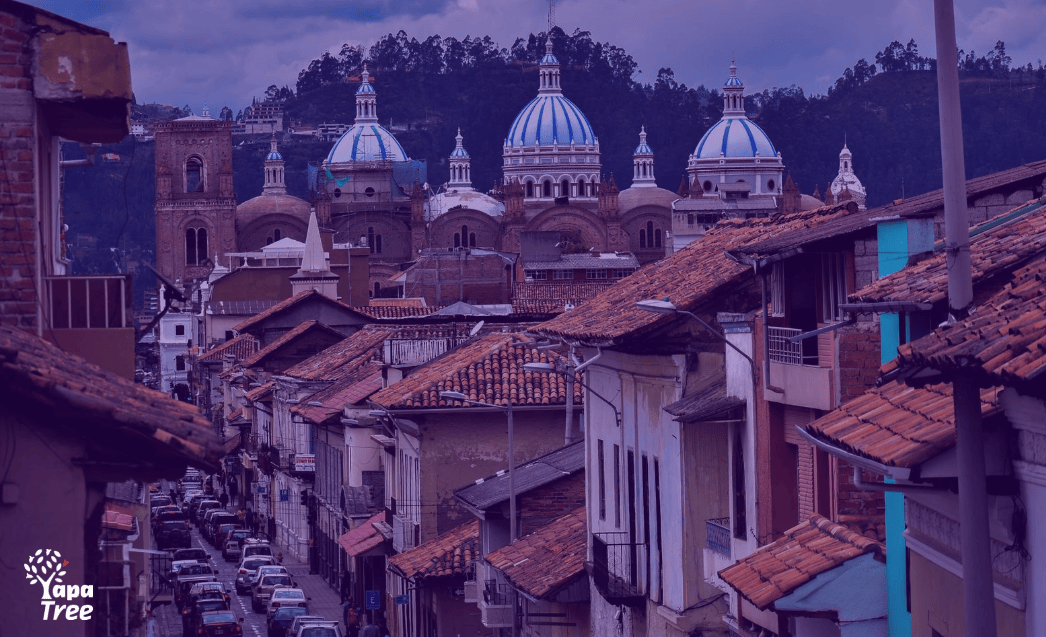
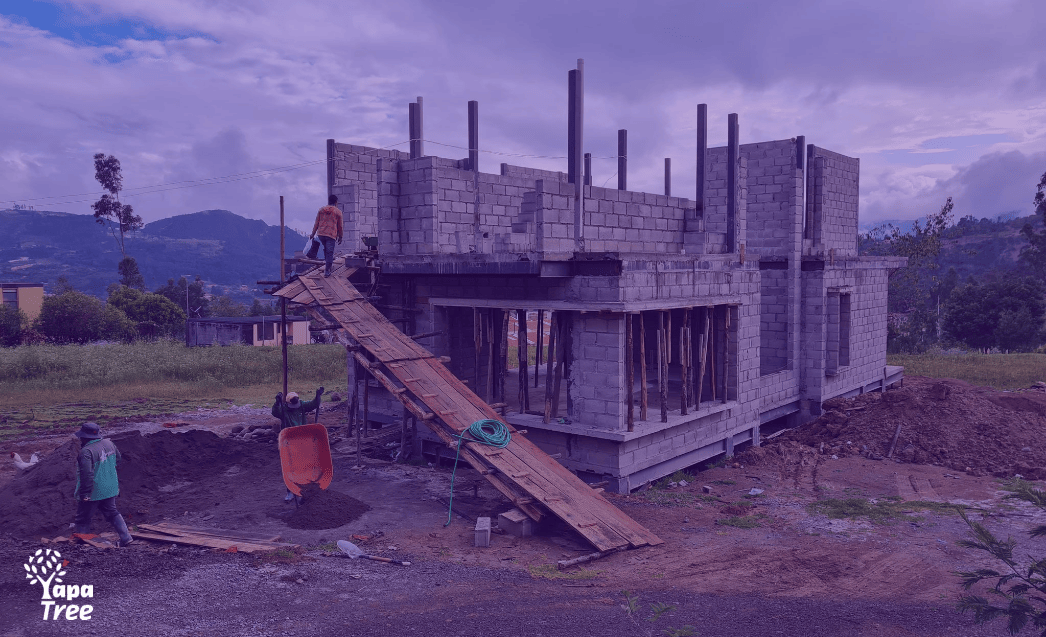

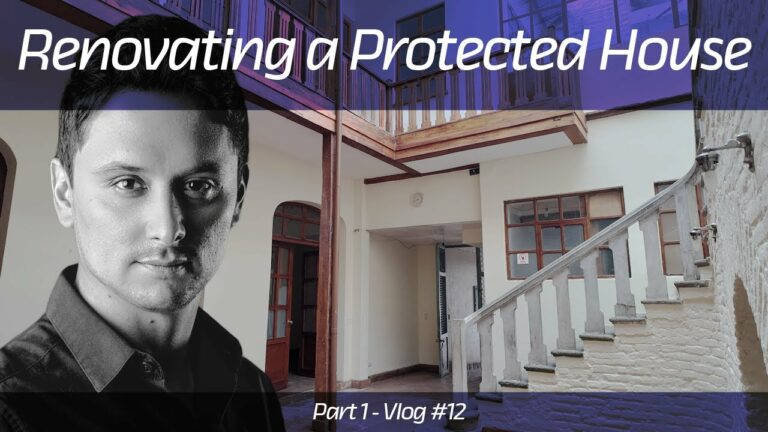
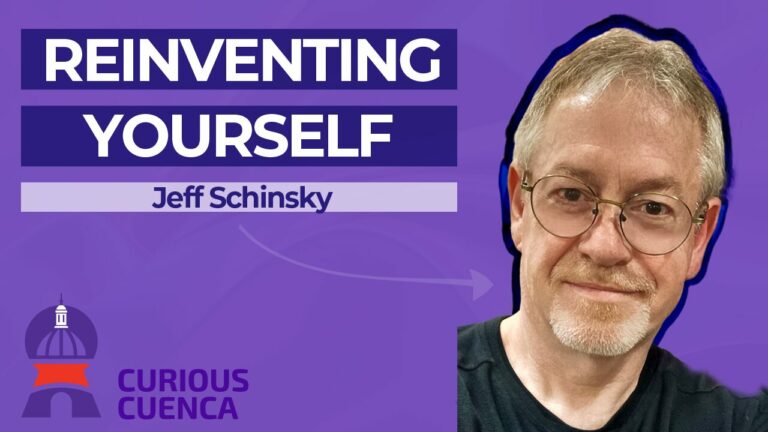
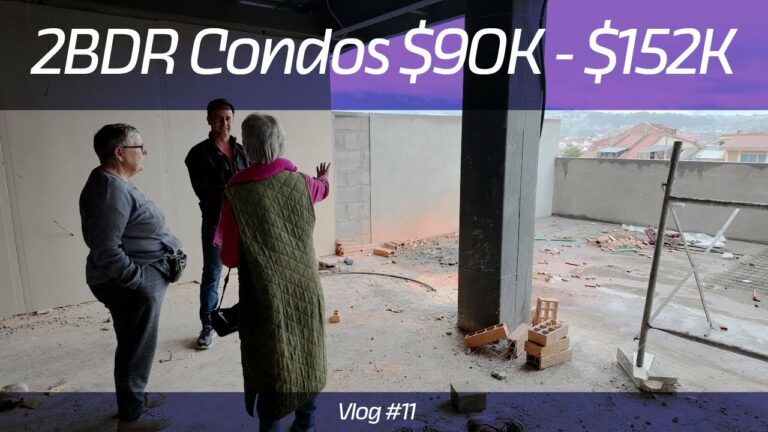

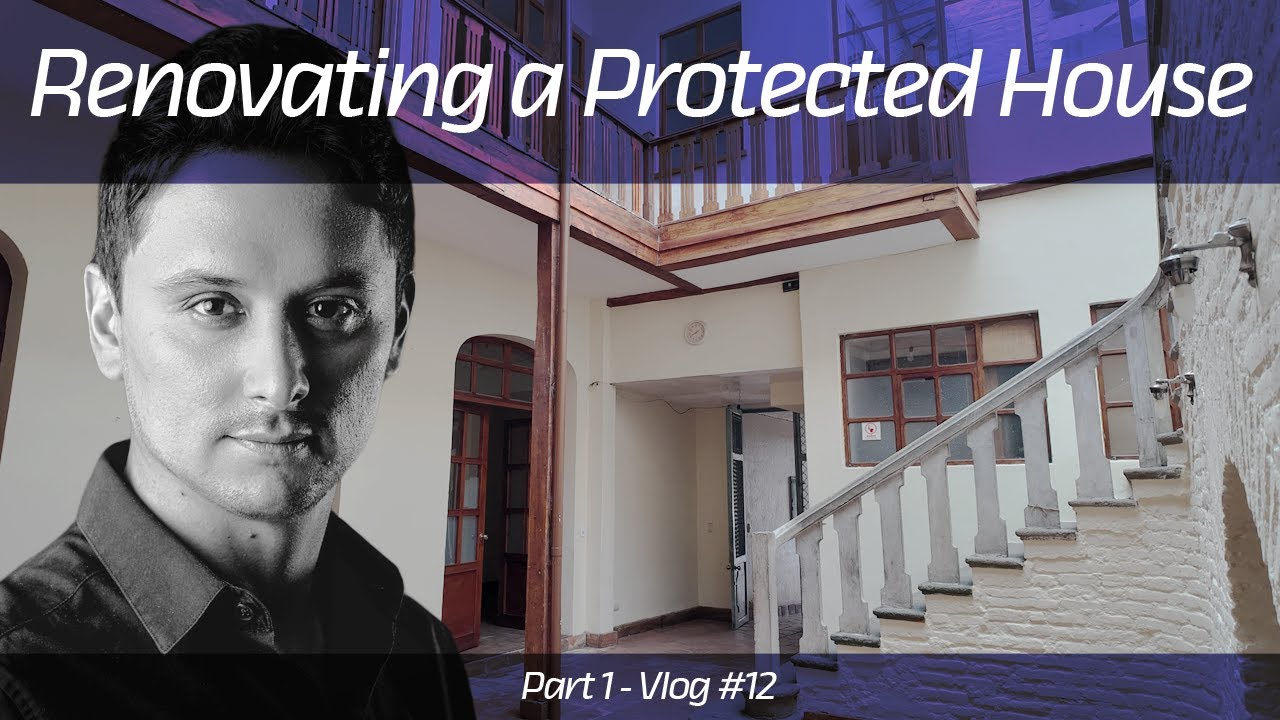
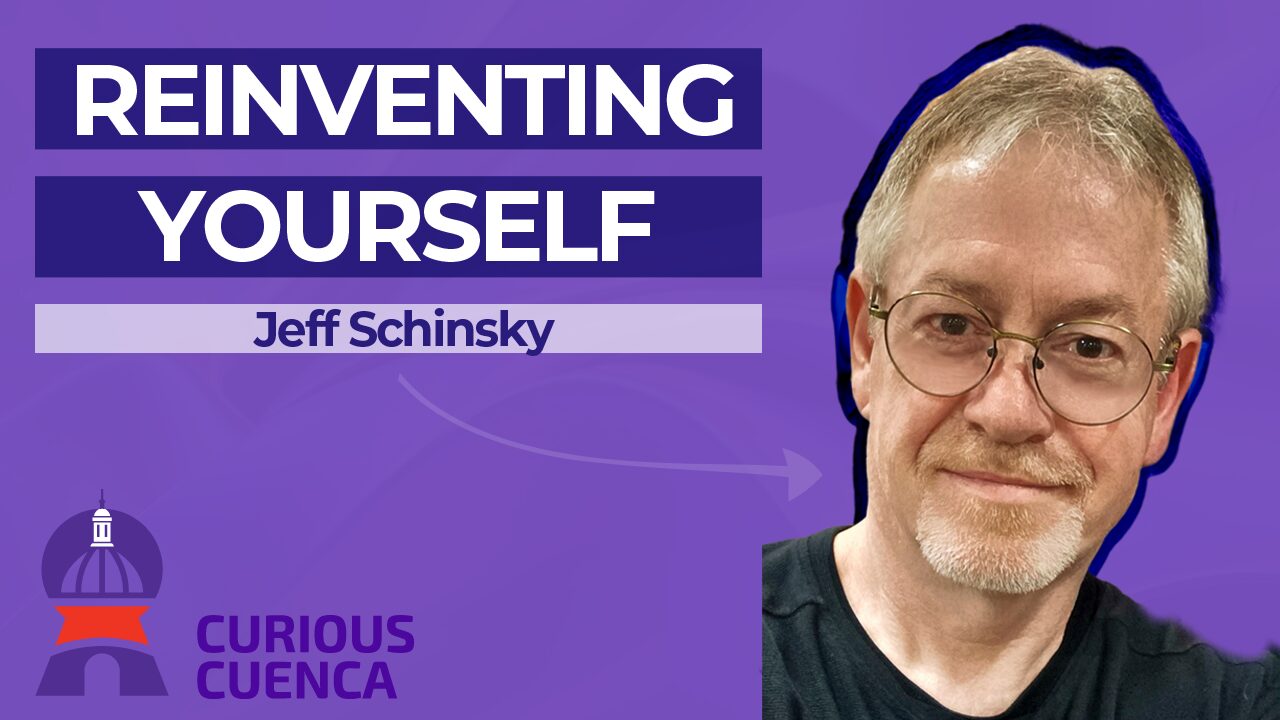
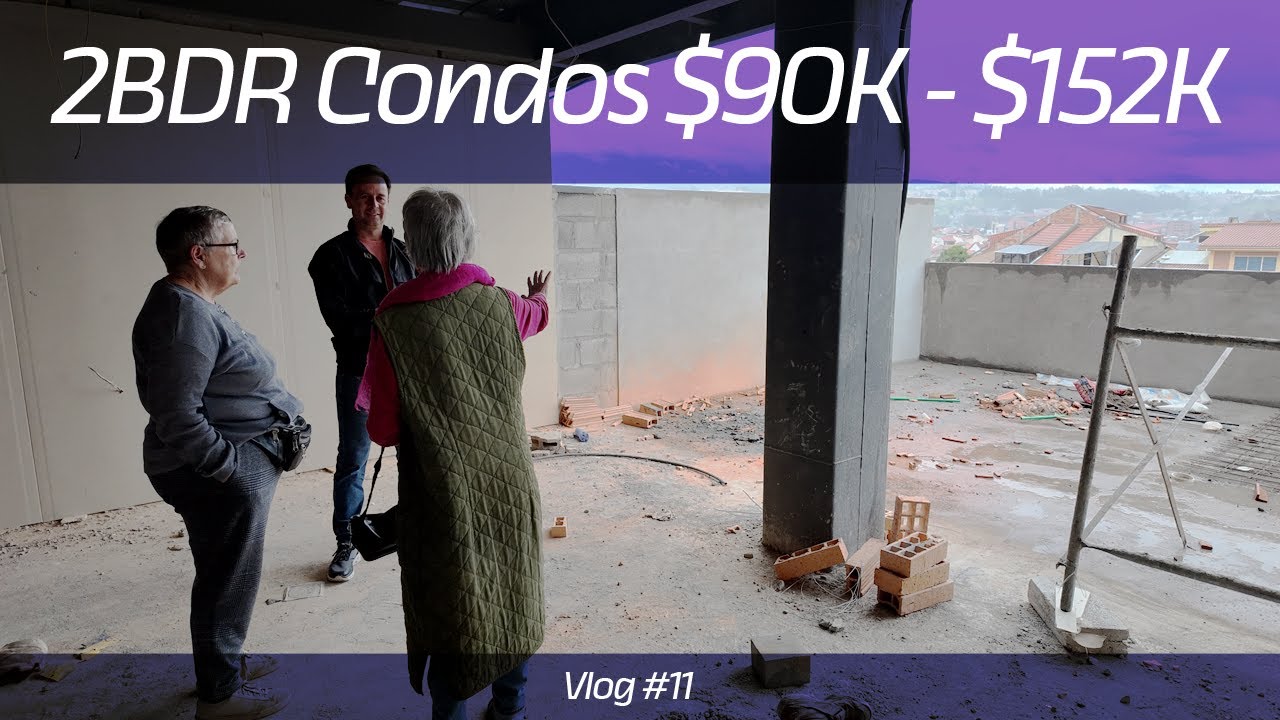
13 Responses
Great question which has plagued me for the 4-years I’ve been here! Along with……What’s with the Tang!! Hadn’t seen that stuff so plentiful since the early 60’s! And all the margarine!! Same questions……
Since I buy great Ecuadorian local coffee for 3.50-4$ per pound (454grams), I can’t ‘buy’ this argument that it’s more expensive than other parts of the world having come from New Zealand where it’s roughly 11.00$/250grams. I know it’s cheaper than that in the US and Europe but probably not by much after they get through with all the ‘organic, free trade etc. etc.’ price additions…
Can you buy regular coffee in the stores or markets?
Yes there is a place in Bahia de Caraquez that grow their own coffee and serve it in their dining room for their guest. It is $7.00 a pound and you need a grinder. the hotel is right perpendicular in the back of the shoping center , a very nice young couple , they have their own plantation. I will try to remember the name and let you know, they do send out. I left Bahia just before the earthquake.
It is the same in most of Latin America. In Mexico I have the impression that instant coffee took hold because it was considered modern, mostly because if the way it was advertised. Now you can see a culture of good coffee developing, but it is a middle class thing. I have had hosts proudly bring out their jar of Nescafe. It has been a matter of status. In the US we have had a coffee culture just since the 80s and 90s. My parents would perk a pot of coffee in the morning and drink the dregs all day. That was not good coffee. One of the few places I have seen good coffee being part if the poor local culture is Vietnam and Cambodia. Good coffee, and the time to savor it, are luxuries in most of the world.
The question that begs here is about the quality of Coffee Pasado. Me parece, the quality varies. But if its a well-maintained sock that’s been properly seasoned for years, like a cast iron frying pan, and if the quantity and quality of the beans is sufficient, the stuff is really first-rate.
where do you get the instant coffee “in seconds” in Cuenca? it’s still a 15-20 minute wait when you’re the only customer
I buy the coffee grown in Loja, downtown, and they grind it for my perculator I brought from the US and have two beans, one stronger flavored than the other. I don’t find it that expensive at $4 a bag and get several and freeze them for future use saving frequent trips. Happy to understand why the instant coffee is available in the stores all over instead of locally grown coffee, though. As for margarine also prevalent, I just buy bags of cream and make my own butter as so much better and not difficult to do.
So happy to have someone explain this phenonemon after 3 years living here.In GYE I was asked if I wanted water or milk wirh my coffee.
I thought COOL, real coffee! NOT, it was a cup fo hot water and I add the instant. Yuk.
And no decaf in any restaurant.
DeCaf can be got at the local El Español cafes.
Because I like the taste of coffee following a good meal, but don’t want “hi-test” caffeine late at night, if I eat out in the evening I frequently take a small jar of instant decaf with me to put into a cup of hot water or milk at the restaurant.
I’m really surprised by this article because it seems I live in a whole different country. It is true that for a long time instant coffee was prevalent everywhere in Ecuador, but in the last 10 years or so many brands of excellent “real” coffee are available at the main supermarkets and coffeee culture has since evolved and grown in the main cities (at least in Quito and Guayaquil). I think maybe you should explore the coffeee and tea aisle in Supermaxi, where I’m sure yoy will find good local and foreign brands. My favorite one is Café Vélez, but you may want to try also Galletti, Piedra Negra, Sweet and Coffee, Coffee House.